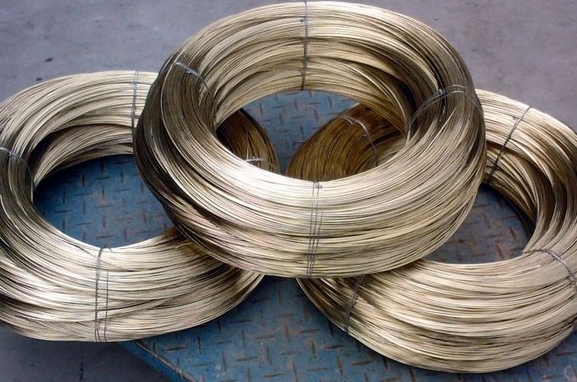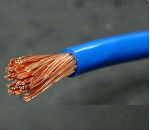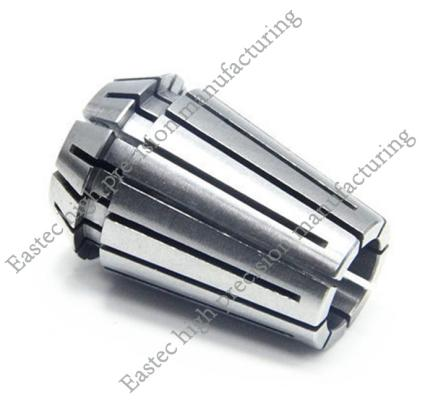
Copper plating is an important surface treatment technique widely used in electronics, electrical, decoration, and other fields. Below, I will introduce the process of copper plating and related precautions in detail.
Process of Copper Plating
-
Surface Preparation: First, the workpiece needs to be thoroughly cleaned to remove impurities such as oil, oxides, and dust. This can be achieved through the use of chemical cleaning agents or degreasers to ensure a clean and smooth surface of the workpiece.
-
Pre-immersion Treatment: After cleaning, the workpiece undergoes a soaking process, typically using acidic or alkaline solutions to remove oxides and other impurities from the surface, ensuring better adhesion of the copper plating solution to the material.
-
Preparation of Copper Plating Solution: Depending on the chosen copper plating process, the corresponding plating solution is prepared. This typically includes copper salts, acidic substances, buffers, and other additives. Copper salts are the main component of the plating solution, acidic substances are used to adjust the pH of the solution, while buffers and additives are used to control the performance of the solution and the quality of the plating layer.
-
Electroplating: The prepared workpiece is immersed in the copper plating solution, and the desired plating thickness is achieved by controlling the current and time. This step typically uses a direct current power source.
-
Washing and Drying: After electroplating, the workpiece needs to be thoroughly washed to remove residual plating solution from the surface. Subsequently, drying is performed to remove surface moisture.
Precautions for Copper Plating Process
-
Control of Process Parameters: During the electroplating process, it is necessary to strictly control parameters such as current, voltage, temperature, and plating solution composition to ensure the quality and thickness of the plating layer meet requirements.
-
Maintenance of Plating Solution: Regularly inspect and replace the plating solution to ensure its cleanliness and stability. At the same time, attention should be paid to stirring and circulating the plating solution to ensure the uniformity of the plating layer.
-
Equipment Maintenance: Maintain the good condition of the electroplating equipment, including conductivity, sealing, etc., to ensure the smooth progress of the electroplating process.
-
Safe Operation: Chemicals used in the copper plating process may have certain toxicity or corrosivity, so operators should wear protective equipment and operate in a well-ventilated environment.
-
Environmental Protection Requirements: Strictly adhere to environmental regulations, treat waste liquids and gases, and prevent harm to the environment and human beings.
Different types of copper plating processes may have differences in their procedures, but overall, the above process and precautions are universal. In actual operation, adjustments and optimizations need to be made based on specific process requirements and workpiece characteristics.
I hope the above translation can help you better understand the copper plating process, its procedures, and precautions. If you have any other questions or need more detailed answers, please feel free to ask.





 Customer service 1
Customer service 1  Customer service 2
Customer service 2